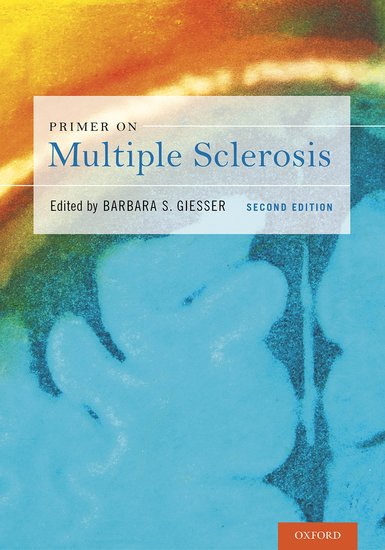This book provides a comprehensive review of multiple sclerosis (MS) and, pretty much, everything related to it. It covers historical aspects, basic science, clinical practice, psychosocial issues, and provides a glimpse into the future of MS research. All the chapters are easy to digest and benefit from experience and expertise of an impressive list of contributors.
The primer begins with a fascinating review of the history of MS. We are taken through an evolutionary narrative from initial misconceptions to Charcot’s illuminating account. The numerous and, in many cases, agonisingly painful treatments of the past are described, with chronological progression to treatments more familiar in modern day practice. There are nostalgic moments too: ‘beef steaks twice daily with London porter beer’ offered to Augustus d’Este in the early 19th century sounds more appealing, albeit (slightly) less efficacious, than weekly injections of Avonex!
A concise overview is provided on MS Genetics, highlighting current understanding of genetic and epidemiological factors, bringing together knowledge attained from years of linkage and association studies and the explosion of information from genome-wide association studies. The ever controversial topics of viral aetiology and vitamin D are also explored. The initial part of the Neuropathology section may have been ‘common knowledge’, but covered aspects of demyelination, remyelination, and axonal loss of interest to me as a trainee. I was pleased to see that the section on diagnosis was not just a review of the Revised Mcdonald Criteria, or a lesson in lesion-counting. Specific chapters were also included on supportive paraclinical tests (imaging, CSF, and evoked potentials) and their utility. Given the date of publication, the most recent (2010) revisions to the criteria were not included.
A large section of the book is devoted to the clinical manifestations of MS. Challenging clinical scenarios such as cognitive impairment, fatigue, pain, sexual dysfunction, and reproductive issues are covered in informative chapters. We are taken on a whistle stop tour of paediatric multiple sclerosis in a level of detail ‘just right’ for neurologists in adult practice. The review of immune therapies very neatly summarises relevant trials.
Exactly as it says on the cover, ‘Primer on Multiple Sclerosis’ provides a second-to-none reference for trainees intending to work in the field of MS Neurology or for general neurologists with a significant MS workload, which probably covers most of us.
